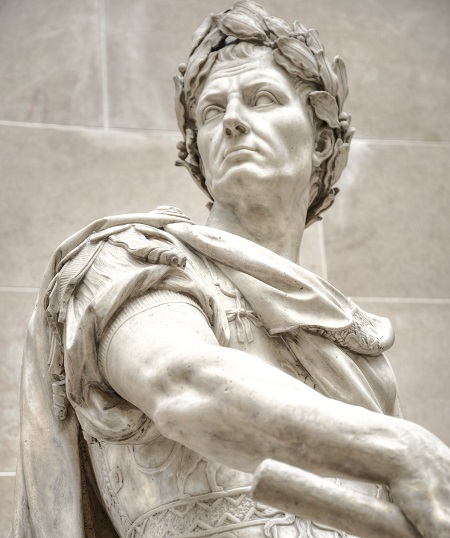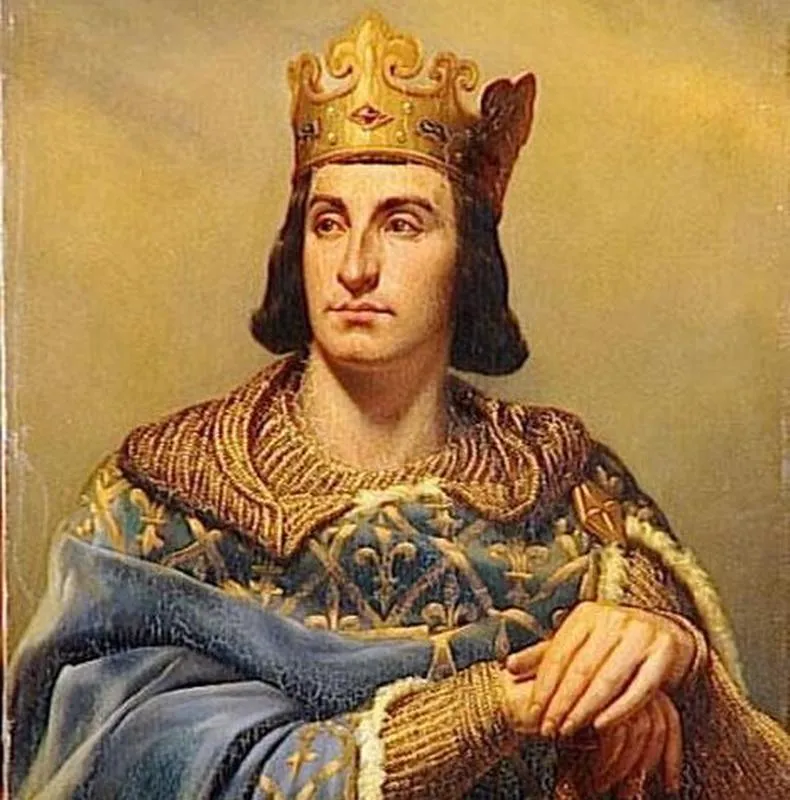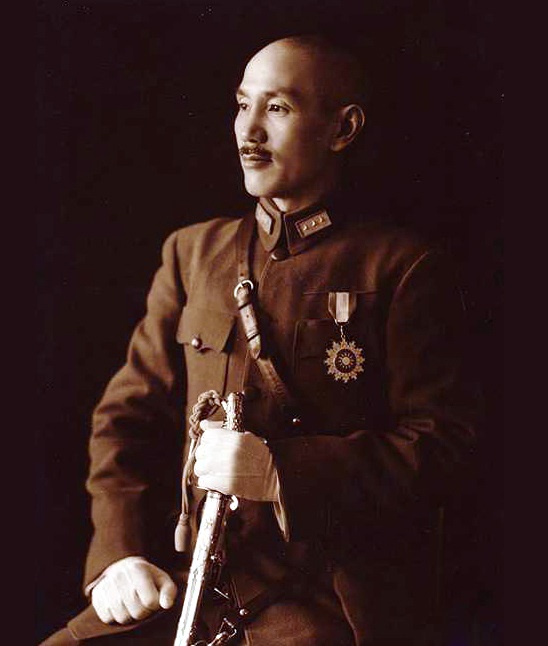history

Historical literature collection of written works that meticulously document past events, societies, and cultures. These texts employ rigorous research methods and critical analysis to reconstruct and interpret historical phenomena, drawing from a wide range of primary and secondary sources. They encompass various formats, including narratives, chronicles, biographies, and monographs, each tailored to explore specific historical topics or periods in depth. Authors within this genre utilize archival materials, archaeological evidence, and other historical records to reconstruct the past with accuracy and precision. Their narratives often contextualize events within broader social, political, economic, and cultural frameworks, shedding light on the complexities and nuances of historical developments. This genre serves to preserve collective memory, deepen understanding of the past, and inform contemporary discourse and decision-making. It is valued for its scholarly rigor, intellectual insight, and contribution to the ongoing study and appreciation of human history.
reading lists
-

france
The expansion of royal control by the House of Capet (987–1328), including their struggles with the virtually independent principalities (duchies and counties, such as the Norman and Angevin regions) that had developed following the Viking invasions and through the piecemeal dismantling of the Carolingian Empire and the creation and extension of administrative/state control (notably under Philip II Augustus and Louis IX) in the 13th century; and the rise of the House of Valois (1328–1589),
-

the second sino-japanese war
The Second Sino-Japanese War (1937–1945) was a military conflict that was primarily waged between the Republic of China and the Empire of Japan. The war made up the Chinese theater of the wider Pacific Theater of the Second World War. The beginning of the war is conventionally dated to the Marco Polo Bridge Incident on 7 July 1937, when a dispute between Japanese and Chinese troops in Peking escalated into a full-scale invasion. This full-scale war between the Chinese and the Empire of Japan is often regarded as the beginning of World War II in Asia. <br /><br /> China fought Japan with aid from the Soviet Union, United Kingdom and the United States. After the Japanese attacks on Malaya and Pearl Harbor in 1941, the war merged with other conflicts which are generally categorized under those conflicts of World War II as a major sector known as the China Burma India Theater. Some scholars consider the European War and the Pacific War to be entirely separate, albeit concurrent, wars. Other scholars consider the start of the full-scale Second Sino-Japanese War in 1937 to have been the beginning of World War II. The Second Sino-Japanese War was the largest Asian war in the 20th century. It accounted for the majority of civilian and military casualties in the Pacific War, with between 10 and 25 million Chinese civilians and over 4 million Chinese and Japanese military personnel missing or dying from war-related violence, famine, and other causes. The war has been called "the Asian holocaust." <br /><br /> The war was the result of a decades-long Japanese imperialist policy to expand its influence politically and militarily in order to secure access to raw material reserves, food, and labor. The period after World War I brought about increasing stress on the Japanese policy. Leftists sought universal suffrage and greater rights for workers. Increasing textile production from Chinese mills was adversely affecting Japanese production and the Great Depression brought about a large slowdown in exports. All of this contributed to militant nationalism, culminating in the rise to power of a militarist faction. This faction was led at its height by the Hideki Tojo cabinet of the Imperial Rule Assistance Association under edict from Emperor Hirohito. In 1931, the Mukden Incident helped spark the Japanese invasion of Manchuria. The Chinese were defeated and Japan created a new puppet state, Manchukuo; many historians cite 1931 as the beginning of the war. From 1931 to 1937, China and Japan continued to skirmish in small, localized engagements, so-called "incidents". <br /><br /> Following the Marco Polo Bridge Incident, the Japanese scored major victories, capturing Beijing, Shanghai and the Chinese capital of Nanjing in 1937, which resulted in the Rape of Nanjing. After failing to stop the Japanese in the Battle of Wuhan, the Chinese central government was relocated to Chongqing (Chungking) in the Chinese interior. Following the Sino-Soviet Treaty of 1937, strong material support helped the Nationalist Army of China and the Chinese Air Force continue to exert strong resistance against the Japanese offensive. By 1939, after Chinese victories in Changsha and Guangxi, and with Japan's lines of communications stretched deep into the Chinese interior, the war reached a stalemate. While the Japanese were also unable to defeat the Chinese communist forces in Shaanxi, who waged a campaign of sabotage and guerrilla warfare against the invaders, they ultimately succeeded in the year-long Battle of South Guangxi to occupy Nanning, which cut off the last sea access to the wartime capital of Chongqing. While Japan ruled the large cities, they lacked sufficient manpower to control China's vast countryside. In November 1939, Chinese nationalist forces launched a large scale winter offensive, while in August 1940, Chinese communist forces launched a counteroffensive in central China. The United States supported China through a series of increasing boycotts against Japan, culminating with cutting off steel and petrol exports into Japan by June 1941. Additionally, American mercenaries such as the Flying Tigers provided extra support to China directly. <br /><br /> In December 1941, Japan launched a surprise attack on Pearl Harbor, and declared war on the United States. The United States declared war in turn and increased its flow of aid to China – with the Lend-Lease act, the United States gave China a total of $1.6 billion ($18.4 billion adjusted for inflation). With Burma cut off it airlifted material over the Himalayas. In 1944, Japan launched Operation Ichi-Go, the invasion of Henan and Changsha. However, this failed to bring about the surrender of Chinese forces. In 1945, the Chinese Expeditionary Force resumed its advance in Burma and completed the Ledo Road linking India to China. At the same time, China launched large counteroffensives in South China and retook West Hunan and Guangxi. Japan formally surrendered on 2 September 1945. China was recognized as one of the Big Four Allies during the war, regained all territories lost to Japan and became one of the five permanent members of the United Nations Security Council.
-

rome
The Roman Republic (Latin: Rēs pūblica Rōmāna [ˈreːs ˈpuːblika roːˈmaːna]) was a state of the classical Roman civilization, run through public representation of the Roman people. Beginning with the overthrow of the Roman Kingdom (traditionally dated to 509 BC) and ending in 27 BC with the establishment of the Roman Empire, Rome's control rapidly expanded during this period—from the city's immediate surroundings to hegemony over the entire Mediterranean world. <br /> <br /> Roman society under the Republic was primarily a cultural mix of Latin and Etruscan societies, as well as of Sabine, Oscan, and Greek cultural elements, which is especially visible in the Roman Pantheon. Its political organization developed, at around the same time as direct democracy in Ancient Greece, with collective and annual magistracies, overseen by a senate.[4] The top magistrates were the two consuls, who had an extensive range of executive, legislative, judicial, military, and religious powers. Even though a small number of powerful families (called gentes) monopolised the main magistracies, the Roman Republic is generally considered one of the earliest examples of representative democracy.[5][6] Roman institutions underwent considerable changes throughout the Republic to adapt to the difficulties it faced, such as the creation of promagistracies to rule its conquered provinces, or the composition of the senate. <br /> <br /> Unlike the Pax Romana of the Roman Empire, the Republic was in a state of quasi-perpetual war throughout its existence. Its first enemies were its Latin and Etruscan neighbours as well as the Gauls, who even sacked the city in 387 BC. The Republic nonetheless demonstrated extreme resilience and always managed to overcome its losses, however catastrophic. After the Gallic Sack, Rome conquered the whole Italian peninsula in a century, which turned the Republic into a major power in the Mediterranean. The Republic's greatest strategic rival was Carthage, against which it waged three wars. The Punic general Hannibal famously invaded Italy by crossing the Alps and inflicted on Rome two devastating defeats at Lake Trasimene and Cannae, but the Republic once again recovered and won the war thanks to Scipio Africanus at the Battle of Zama in 202 BC. With Carthage defeated, Rome became the dominant power of the ancient Mediterranean world. It then embarked on a long series of difficult conquests, after having notably defeated Philip V and Perseus of Macedon, Antiochus III of the Seleucid Empire, the Lusitanian Viriathus, the Numidian Jugurtha, the Pontic king Mithridates VI, the Gaul Vercingetorix, and the Egyptian queen Cleopatra. <br /> <br /> At home, the Republic similarly experienced a long streak of social and political crises, which ended in several violent civil wars. At first, the Conflict of the Orders opposed the patricians, the closed oligarchic elite, to the far more numerous plebs, who finally achieved political equality in several steps during the 4th century BC. Later, the vast conquests of the Republic disrupted its society, as the immense influx of slaves they brought enriched the aristocracy, but ruined the peasantry and urban workers. In order to address this issue, several social reformers, known as the Populares, tried to pass agrarian laws, but the Gracchi brothers, Saturninus, and Clodius Pulcher were all murdered by their opponents, the Optimates, keepers of the traditional aristocratic order. Mass slavery also caused three Servile Wars; the last of them was led by Spartacus, a skillful gladiator who ravaged Italy and left Rome powerless until his defeat in 71 BC. In this context, the last decades of the Republic were marked by the rise of great generals, who exploited their military conquests and the factional situation in Rome to gain control of the political system. Marius (between 105 and 86 BC), then Sulla (between 82 and 78 BC) dominated in turn the Republic; both used extraordinary powers to purge their opponents. <br /> <br /> These multiple tensions led to a series of civil wars; the first between the two generals Julius Caesar and Pompey. Despite his victory and appointment as dictator for life, Caesar was assassinated in 44 BC. Caesar's heir Octavian and lieutenant Mark Antony defeated Caesar's assassins Brutus and Cassius in 42 BC, but they eventually split up thereafter. The final defeat of Mark Antony alongside his ally and lover Cleopatra at the Battle of Actium in 31 BC, and the Senate's grant of extraordinary powers to Octavian as Augustus in 27 BC – which effectively made him the first Roman emperor – thus ended the Republic.